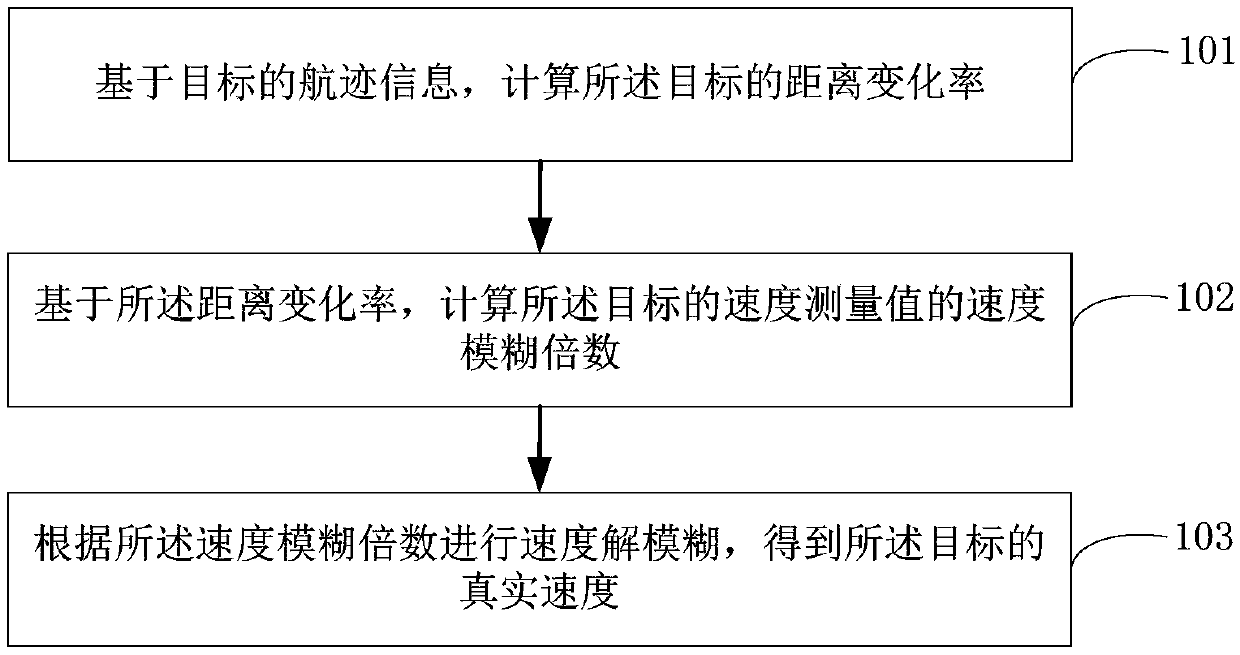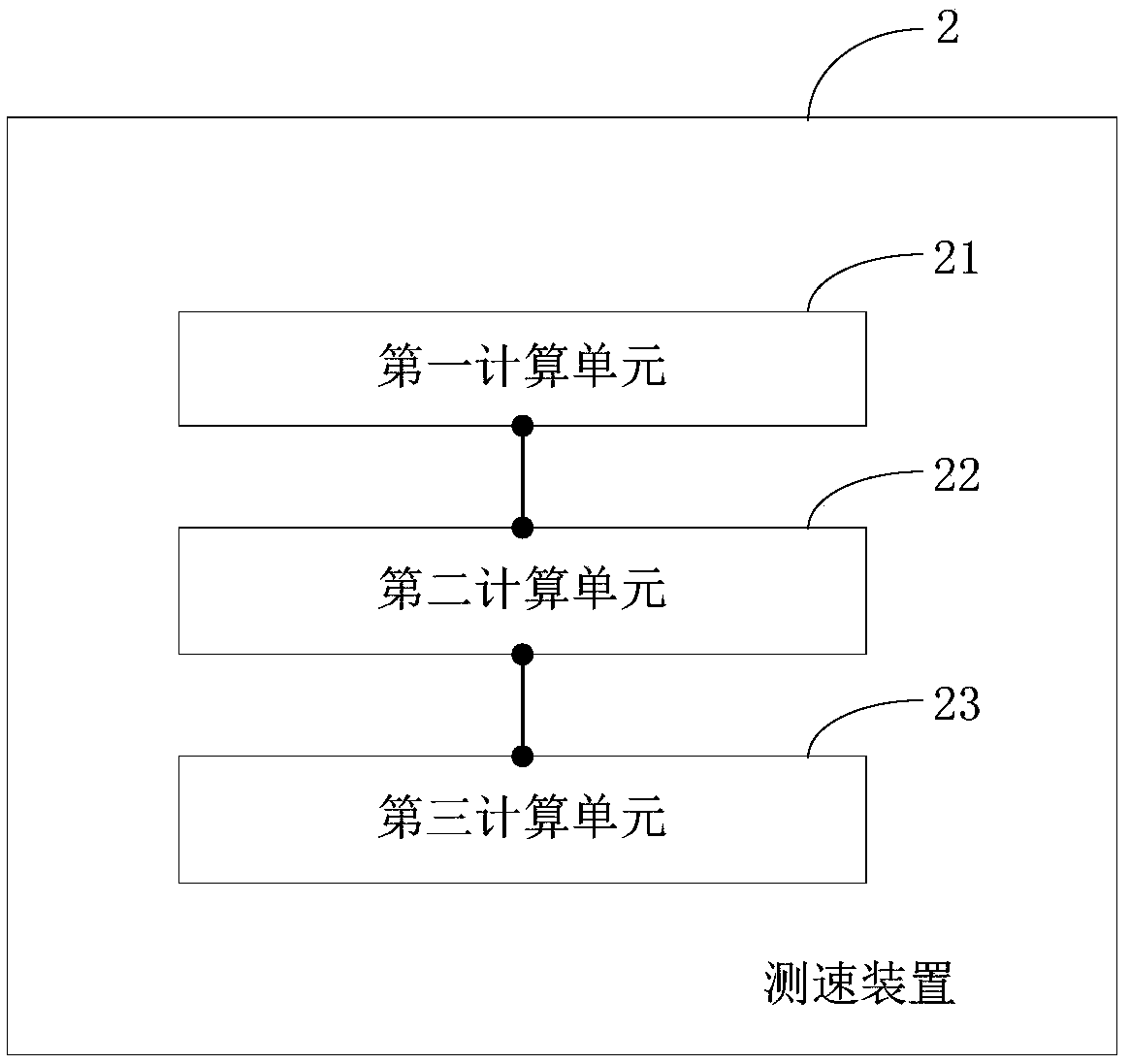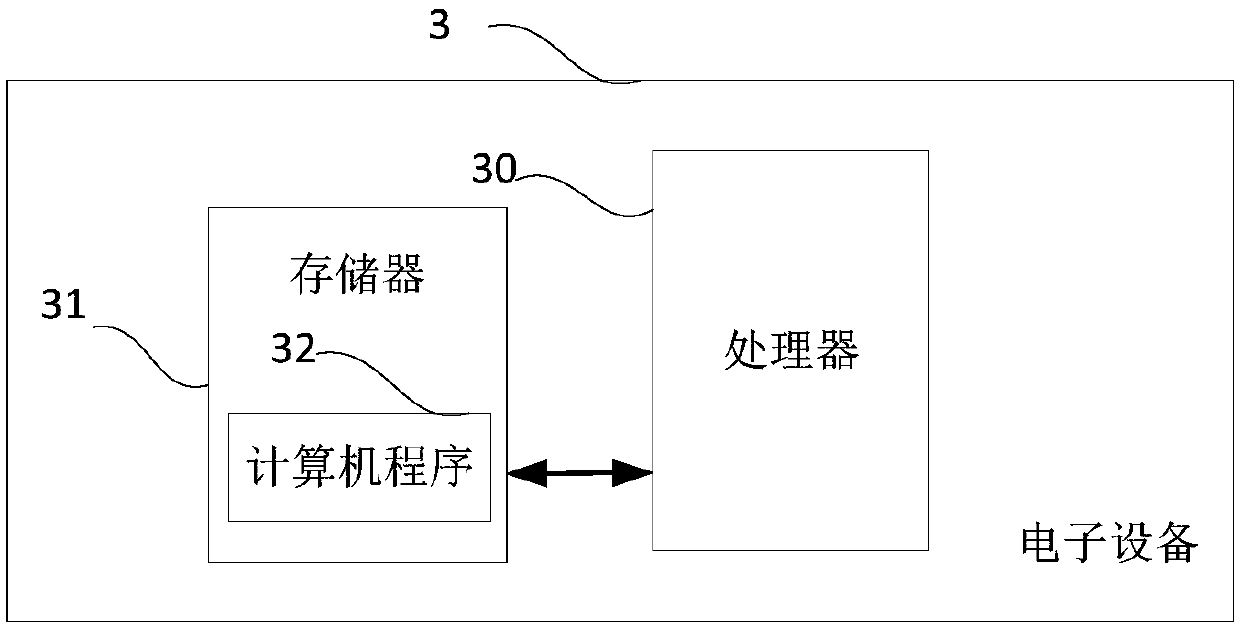Speed measurement method applied to radar, speed measurement device and electronic equipment
A radar and speed measurement technology, applied in the field of radar, can solve the problems of radar speed measurement range limitation, spectrum overlap, radar target speed measurement confusion, etc., to meet application requirements and improve the effect of speed measurement range
- Summary
- Abstract
- Description
- Claims
- Application Information
AI Technical Summary
Problems solved by technology
Method used
Image
Examples
Embodiment Construction
[0045] In the following description, specific details such as specific system structures and technologies are presented for the purpose of illustration rather than limitation, so as to thoroughly understand the embodiments of the present invention. It will be apparent, however, to one skilled in the art that the invention may be practiced in other embodiments without these specific details. In other instances, detailed descriptions of well-known systems, devices, circuits, and methods are omitted so as not to obscure the description of the present invention with unnecessary detail.
[0046] In order to make the purpose, technical solution and advantages of the present invention clearer, specific embodiments will be described below in conjunction with the accompanying drawings.
[0047] see figure 1 , which shows the implementation flow chart of the speed measurement method applied to radar provided by the embodiment of the present invention, and is described in detail as foll...
PUM
 Login to View More
Login to View More Abstract
Description
Claims
Application Information
 Login to View More
Login to View More - R&D
- Intellectual Property
- Life Sciences
- Materials
- Tech Scout
- Unparalleled Data Quality
- Higher Quality Content
- 60% Fewer Hallucinations
Browse by: Latest US Patents, China's latest patents, Technical Efficacy Thesaurus, Application Domain, Technology Topic, Popular Technical Reports.
© 2025 PatSnap. All rights reserved.Legal|Privacy policy|Modern Slavery Act Transparency Statement|Sitemap|About US| Contact US: help@patsnap.com



